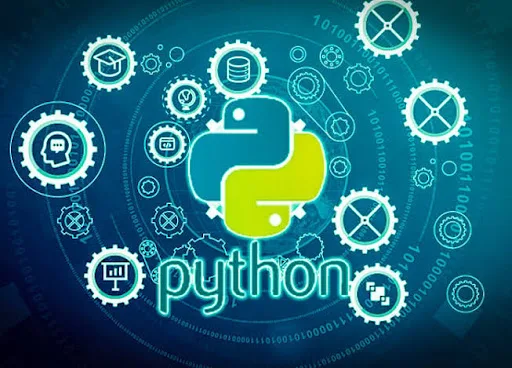Exploring Python: Origin, Creator, and Evolution.
Exploring Python: Origin, Creator, and Evolution
Understanding Python
Python, a high-level, versatile programming language, has become a cornerstone in the world of software development. Known for its readability, simplicity, and vast community support, Python has grown into one of the most popular languages for diverse applications. Let's delve into the fascinating journey of Python, exploring its origin, the visionary mind behind it, and its evolutionary path through history.
The Genesis: Birth of Python
Python emerged in the late 1980s as a brainchild of Guido van Rossum, a Dutch programmer. Guido's intent was to create a language that emphasized code readability, making it accessible for developers to express concepts in fewer lines of code than languages like C++ or Java. The name "Python" was inspired by his love for the British comedy group Monty Python, showcasing the language's humorous and whimsical nature.
Guido van Rossum: The Visionary Creator
Guido van Rossum, affectionately known as Python's "Benevolent Dictator For Life" (BDFL), played a pivotal role in Python's development and evolution. His leadership and commitment to keeping Python a readable and efficient language have been fundamental to its success. Guido's approachability and willingness to embrace community input have fostered an open-source culture that remains a defining feature of Python.
Python's Evolution Through Versions
Python 1: The Genesis (1991)
The initial release, Python 0.9.0, marked the beginning of Python's journey in 1991. This version laid the foundation for the language, featuring core elements that set the stage for future developments.
Python 2: The Stabilization (2000)
Python 2, released in 2000, brought stability and enhanced features. During this era, Python gained widespread popularity, becoming a go-to language for both beginners and experienced developers.
Python 3: A Paradigm Shift (2008)
Python 3, introduced in 2008, represented a significant shift with improvements in syntax, libraries, and Unicode support. Although the transition from Python 2 to Python 3 posed challenges, it marked a necessary step toward modernizing the language.
Python in the 21st Century
Community Growth
Python's success can be attributed in part to its vibrant and inclusive community. Online forums, conferences, and collaborative platforms have fueled knowledge sharing, making Python an ever-evolving language.
Industry Adoption
Python's versatility has led to widespread adoption in various industries. From web development and data science to artificial intelligence and machine learning, Python's applicability continues to expand, making it a language of choice for many developers.
Popular Frameworks and Libraries
Frameworks like Django and Flask for web development, along with libraries such as NumPy, pandas, and TensorFlow for data science and machine learning, showcase Python's robust ecosystem. These tools contribute to Python's adaptability and relevance in cutting-edge technologies.
Conclusion: Python's Enduring Legacy
In conclusion, Python's journey from its humble beginnings to becoming a powerhouse in the programming world reflects not only its technical merits but also the vision and dedication of its creator, Guido van Rossum. Python's commitment to readability, coupled with its thriving community and adaptability, positions it as a language that continues to shape the future of software development. As we navigate the ever-changing landscape of technology, Python stands tall, a testament to the enduring impact of a language driven by simplicity, elegance, and community collaboration.



Comments
Post a Comment